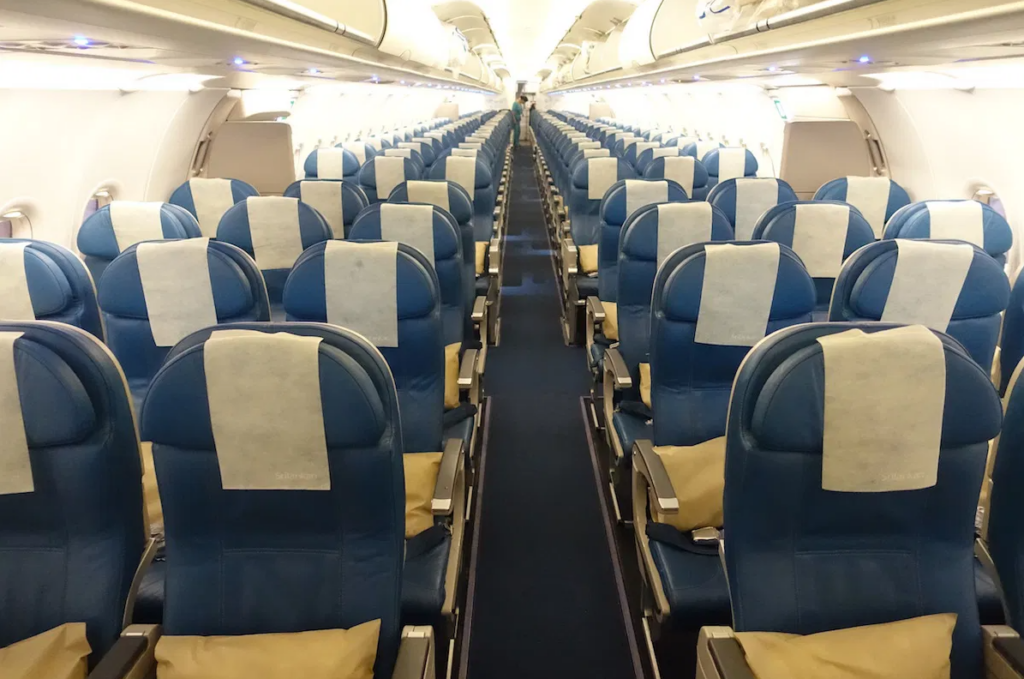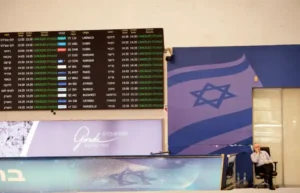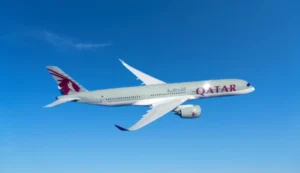Airbus A321XLR: The Future of Long-Haul Travel
Airbus’s new A321XLR variant, set to double the range of the original model, promises to revolutionize long-haul travel with its efficiency and extended reach.

Photo Source: Airbus
For the past three decades, Airbus has continually extended the range of its A321 aircraft, transforming it into a bestseller by combining the economic advantages of a narrowbody airliner with the reach and capacity of a widebody jet.
The latest variant, the A321XLR, is nearing certification and could receive regulatory approval as soon as this month. This new model will double the range of the original A321, which debuted in 1994. Airbus plans to showcase the A321XLR, with over 550 orders, at the upcoming Farnborough Air Show.
The A321XLR’s entry into service, delayed by the pandemic and concerns about a fire risk from an extra fuel tank, now promises a range of 4,700 nautical miles or up to 11 hours of flight. This capability allows single-aisle planes to serve routes traditionally dominated by fuel-intensive twin-aisle aircraft, altering the operational strategies for many airlines.
Icelandair has ordered 13 A321XLRs to replace its aging Boeing 757 fleet, which has a shorter maximum range of 3,900 nautical miles. These new aircraft, burning 30% less fuel, will enable the carrier to add destinations in California, Texas, Dubai, and across Europe, according to CEO Bogi Nils Bogason. “In many cases, we are competing with widebody aircraft, which are not as fuel-efficient and environmentally friendly,” Bogason said. “This gives us a definite advantage and opens up new opportunities.”
Other airlines are also poised to leverage the A321XLR to expand their networks. Wizz Air, with 47 A321XLRs on order, plans to open new routes in the Middle East and Asia, and is negotiating with Indian authorities for flights to India. IndiGo intends to fly its A321XLRs within a nine-hour radius from India, reaching parts of Europe. United Airlines and American Airlines plan to use the A321XLR for trans-Atlantic routes.

The A321XLR’s journey to the skies has faced setbacks, including production delays and regulatory scrutiny over the extra fuel tank. Airbus pushed the service entry to mid-2024, delaying deliveries to eager airlines. Boeing’s attempts to compete with the A321XLR, including the shelved NMA project, have left it relying on the outdated 757 model.
While the A321XLR’s long-haul economics appeal to airlines, the passenger experience on a narrowbody aircraft for extended flights may not suit everyone. Unlike the luxurious A380, the A321XLR is built for efficiency, with limited space for catering and fewer bathrooms. “From a service point of view, the XLR presents a few challenges,” said Melanie Berry, Iberia’s director of inflight customer experience. However, the smaller cabin could be easier to manage, noted Nigel Goode, founder of design studio PriestmanGoode.






